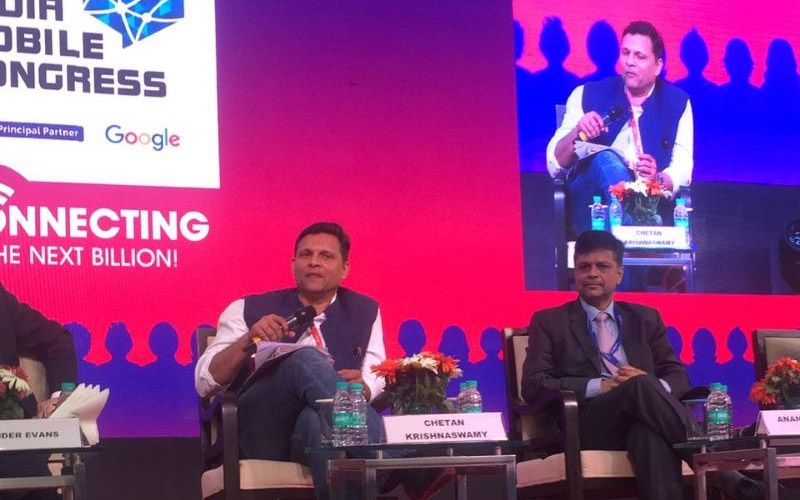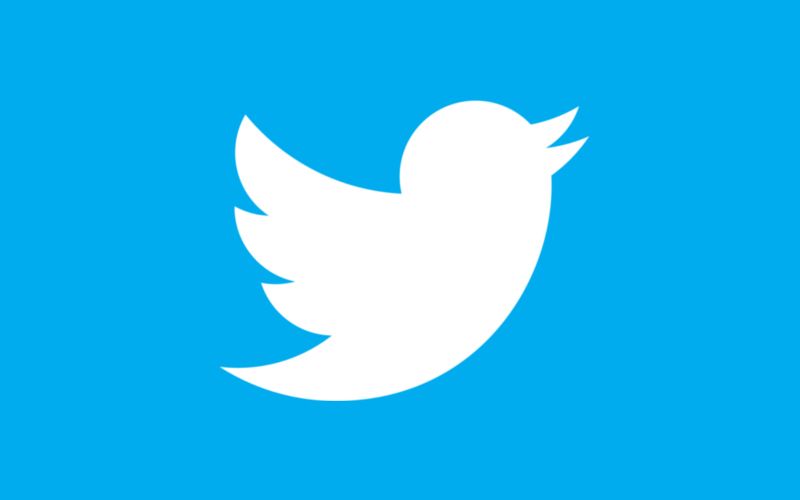Highlights
- Regional languages can easily soar India’s digital economy probably to $1 trillion
- India has around 400 million internet users
- Google specifically launched its UPI-enable Tez app for India
Google, the search engine that the world lives with the help of, has taken a keen interest in India’s regional public like many other tech giants that are now recognizing India’s technological potential.
Chetan Krishnaswamy, Country Head, Public Policy, Google, addressed the ‘Indian Mobile Congress (IMC) 2017 on Wednesday and expressed Google’s interests. He told reporters, “Building more digital content in regional languages will give a major boost to India’s bid to become a $1 trillion digital economy. If we do not allow the Internet to build local language elements, I think the story could go completely haywire. There are 400 million Internet users in India and out of those, 234 million are local language users. The number is expected to go to 536 million by 2021.”

Krishnaswamy also added, “The industry needs to focus on this aspect and ensure that content in local languages becomes a reality, and the technology and products are optimised to ensure that Internet becomes inclusive. The idea is that it doesn’t only remain for the English-speaking elite,”. Google has been optimistic about India’s digital economy.
Earlier in the month, the firm launched Tez – Google’s standalone digital payments app that is available for both Android and iOS devices.
The app was built specifically for India, to be able to work on the vast majority of the country’s smartphones. It is available in English and seven official Indian languages namely, Hindi, Bengali, Gujarati, Kannada, Marathi, Tamil and Telugu.
“Our belief is that by 2025, the digital economy would be able to hit $750 billion-1 trillion mark. It is not unattainable. Currently, the digital economy contributes to seven percent of the GDP and by 2025, it should be around 17 percent of the GDP,” the country head added.
According to a recent report from Google and KPMG India, Indian language users have outdone the English language over the Internet in the whole country.
In this, Tamil, Hindi, Kannada, Bengali and Marathi speaking users have the lead in online services adoption which is followed by Telugu, Gujarati and Malayalam.
Whether Google will be able to ace with its idea or not, only time will tell. But for now, one thing is for sure, the idea is great and India’s digital and regional potential needs to be tapped into.
Let’s see what happens in the near future.






